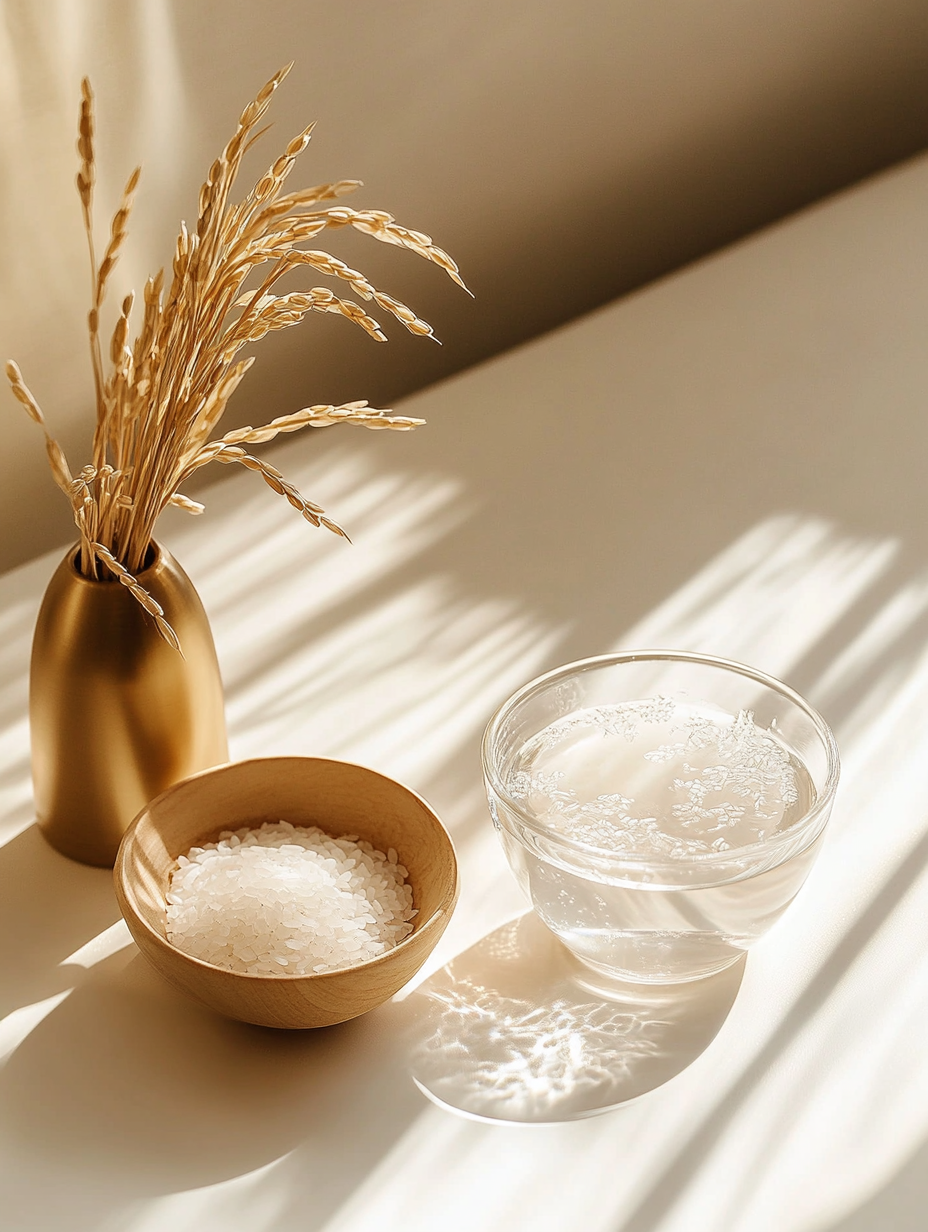Discover the Wonders of K-Beauty: South Korea's Leading Skincare Revolution

Table of Contents
- Introduction to K-Beauty
- History and Rise of K-Beauty
- Key Trends in K-Beauty
- Conclusion: Future Opportunities in K-Beauty
Introduction to K-Beauty
The vibrant and ever-evolving world of K-Beauty has taken the global skincare industry by storm. This testament to innovation, tradition, and quality has positioned South Korea as a leader in the beauty industry. Representing South Korea’s influential beauty sector, K-Beauty has become so prominent that retail cosmetic stores often dedicate entire sections exclusively to these products.
For brand managers and marketers, the rise of K-Beauty presents a vast ocean of opportunities. The multi-step nature of the skincare regimens introduces an extensive range of product categories to explore, each with its potential for differentiation and branding. Understanding K-Beauty is not just about understanding a trend, but a shift in consumer perception of beauty, wellness, and self-care.
History and Rise of K-Beauty
The rise of K-beauty is largely driven by the global popularity of Korean culture, known as the Hallyu wave, which includes the worldwide distribution of Korean entertainment and fashion. This trend led to an increase in global exports of Korean beauty products.
Although this momentum experienced a decline at the beginning of the 2020s, with the market shrinking to $6.8 billion in 2020 from $9.4 billion as a result of the COVID-19 pandemic, the industry, with its resilience and innovation, found a new catalyst for growth in the digital realm, particularly through social media. TikTok, in particular, has played a key role in the resurgence of K-beauty brands. Products promising the “Korean glass skin” look have gone viral on the platform.
Key Trends in K-Beauty
Korean Beauty Shopping Habits
Koreans are renowned for their flawless, glass-like skin, and their dedication to achieving this coveted complexion is reflected in their beauty shopping habits. A recent survey revealed that frequent beauty shopping is part of the habit for the majority of Koreans, with 64% indulging every few months, followed by a devoted 16.4% who can’t resist a monthly treat.
Choosing the perfect beauty products comes down to three things: quality, price, and special ingredients. With over half of the respondents (52.4%) seeking top-notch quality, and 42.3% keeping an eye on the budget. Brand reputation (29.1%) also has its sway, but it’s those carefully curated ingredients (35.4%) that often steal the spotlight.
Improving appearance is the main reason behind Korean consumers’ skincare and cosmetics purchases. Over half (57.1%) of respondents said they purchase products to improve their appearance. For others, they put on cosmetics and skincare for health (15.9%) and to feel good about themselves (14.8%).
Going Green and Natural
In response to environmentally conscious consumers’ preference for eco-friendly packaging and organic goods, the industry is witnessing a wave of green and sustainable practices. This is evident in the recent survey results, where 41.8% of Koreans revealed a strong preference for natural and organic products. Only 4.2% of respondents said they prefer non-organic products, while 38.1% said they have no specific preference.
Moreover, Koreans are also conscious of the impact of packaging on the planet. A significant 16.5% emphasize the importance of sustainable packaging. This demand has led to several businesses ramping up their efforts, catalyzed by the Korea Cosmetic Association’s launch of the 2030 Cosmetics Plastic Initiative, which seeks to eliminate non-recyclable materials by 2030.

Online Shopping and Influences
The influence of e-commerce on beauty shopping is undeniable, with 49.7% of respondents opting for the convenience of online shopping. The allure of the traditional in-store experience still exists, with 27% enjoying the touch and feel before making their final choices.
The digital world plays a significant role in shaping beauty choices, with online reviews (58.7%) and social media (33.9%) serving as go-to guides. The traditional word-of-mouth approach – recommendations from friends and family (29.1%) still holds its place in the hearts of Korean beauty enthusiasts.
A survey also revealed that many Korean consumers are open to trying new brands. About a third of the people surveyed, 33.8%, said they would probably try a new brand. This shows that many people are interested in experimenting with different products in the beauty industry.
Conclusion: Future Opportunities in K-Beauty
The opportunities within the K-Beauty industry are massive. As a global leader revolutionizing the skincare world, Korea has demonstrated unmatched dedication to innovation, education, and delivering real consumer results. This success is no accident; the brands dominating the K-Beauty sector have mastered customer engagement, community building, and translating complex routines into digestible steps that empower people to take control of their skin health.
For outsiders hoping to break into this hyper-competitive space, the learning curve will be steep. But for those willing to fully immerse themselves in the K-Beauty mindset of constant evolution and embrace both the art and science of their processes, the rewards could be exponential. This is the future of the global beauty industry, and it’s one you don’t want to be late to.



Comments ()